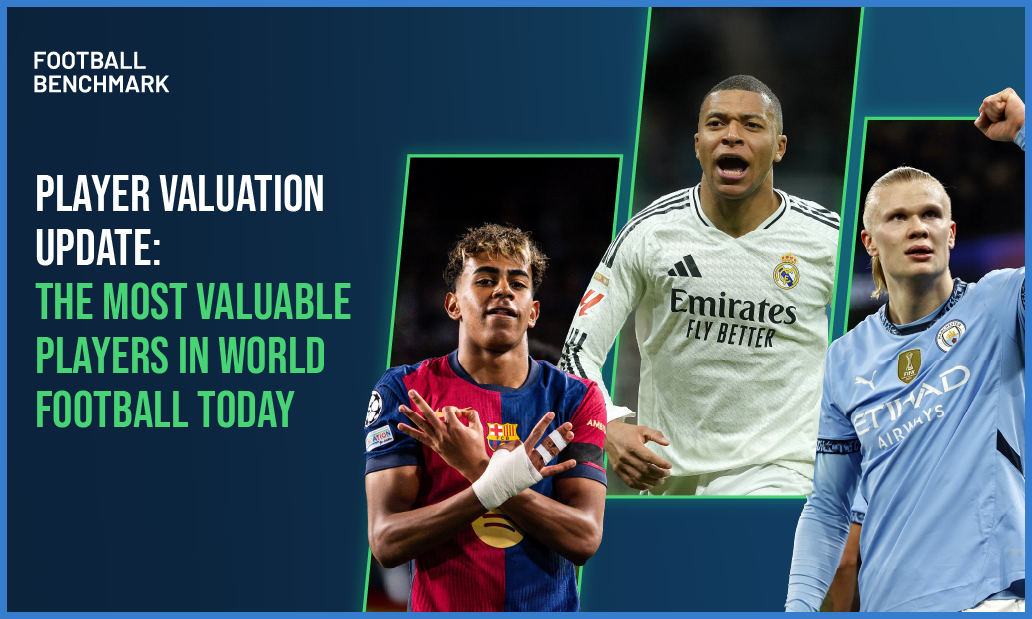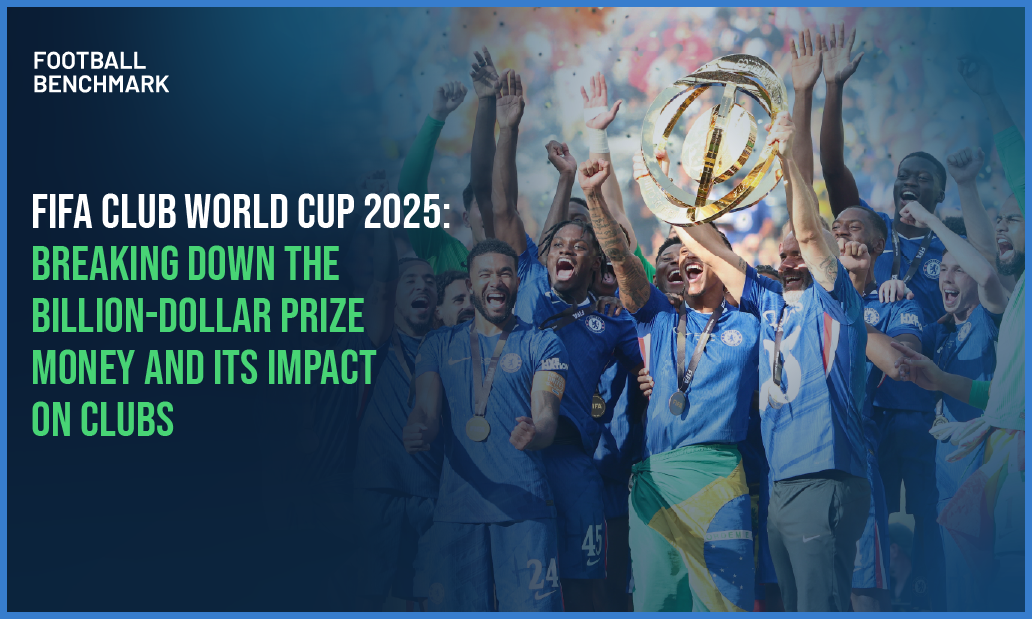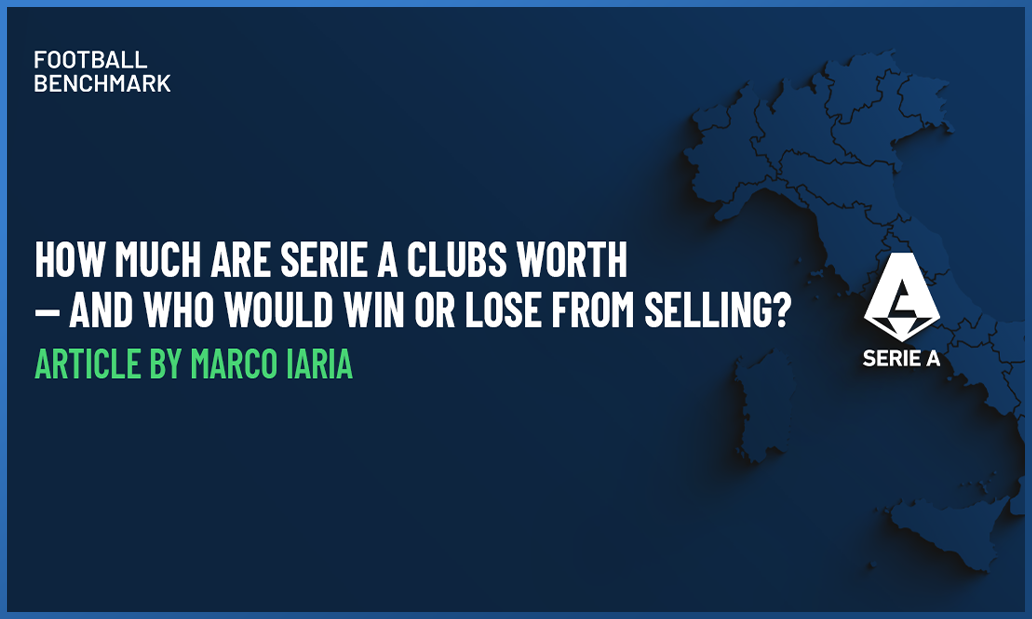
The UEFA Women’s EURO 2025, which kicked off yesterday in Switzerland, offers a timely view of player development in the women’s game in Europe. While tournament performance will dominate the headlines, the composition of national team squads provides strategic insight into the depth and distribution of elite talent and the state of the development systems behind it.
Our analysis, based on full squad data across all 16 participating nations, highlights two parallel realities. On the one hand, a small group of elite European clubs continue to supply a disproportionately large share of players, reflecting a highly concentrated pyramid. On the other hand, the presence of 107 clubs across 22 leagues and 19 countries points to growing international mobility and a gradually expanding base of professional environments contributing to national teams.
The data raises important questions for clubs, federations, and investors about how to ensure that the next phase of growth is not just visible at the elite level, but is embedded throughout the women’s football ecosystem.
The European elite dominate player representation
A closer look at club representation highlights a continued concentration of talent within a small number of elite European clubs. The top 16 clubs have released 172 players to the tournament, equivalent to 47% of the tournament’s total 368-player pool.
Among the most represented clubs, FC Barcelona stands out with 17 players, the highest of any club, including 11 players in Spain’s national squad. Similarly, Juventus (14 players) and Bayern Munich (16 players) contribute 8 and 7 players respectively to the Italy and Germany squads, reflecting a strong national concentration.
European leagues account for 94% of all players at the tournament, unsurprisingly led by England’s Women’s Super League (72), Italy’s Serie A Femminile (51), Germany’s Frauen-Bundesliga (47), Spain’s Liga F (38), and France’s Division 1 Féminine (28). However, significant contributions from the Swedish Damallsvenskan and Portugal’s Campeonato Nacional Feminino demonstrate an encouraging spread across additional continental markets.
Outside of Europe, the presence of North American leagues is remarkable, a dynamic specific to the women’s game. In addition to the well-represented NWSL (19 players), the early impact of Canada’s newly launched Northern Super League (2 players) is also noteworthy. As a country with a well-established international profile in women’s football, Canada’s ability to build a stable and competitive domestic league has the potential to establish an additional North American hub alongside the NWSL.
Comparison with Men’s EURO 2024 highlights key differences in depth
Direct comparisons between the Women’s and Men’s EURO tournaments are not straightforward, given the difference in the number of participating teams. The men’s competition in 2024 involved 24 national teams and 622 players, while the women’s tournament features 16 teams and 368 players. This structural distinction makes like-for-like benchmarking difficult.
Nonetheless, reviewing key indicators across both tournaments provides useful context on the relative depth and maturity of their respective ecosystems.
At the Men’s EURO 2024, an average of 9.2 clubs per national team were represented (a total of 221 clubs across 38 leagues in 36 countries) — reflecting a significantly wider spread than at the Women’s EURO 2025, where the average was 6.7 clubs per team (from 107 clubs across 22 leagues in 19 countries). This reflects the broader professional base that underpins the men’s game, where national squads are supported by a deep pool of contributing clubs.
While clubs like Juventus and Bayern Munich dominate national team representation in the women’s tournament, the men’s squads of Italy and Germany show a more distributed picture. For example, Italy’s 26-man squad comprised players from 13 different clubs, with no single club contributing more than four players. Similarly, Germany’s squad featured players from 11 different clubs. In some cases, this depth is further illustrated by clubs outside the traditional “Big Five” leagues, such as Slavia Praha, which, despite not being a top-tier league club, still released 10 players across various national teams to UEFA EURO 2024.
Despite these differences in scale and distribution, a higher proportion of players in the women’s tournament (68%) are registered in the “Big Five” European leagues, compared to 62% in the men’s. Though more concentrated in the women’s game, it nonetheless demonstrates the dominant role these leagues continue to play across both ecosystems in acquiring international-level talent.
Steps toward a stronger club ecosystem
While the “Big Five” leagues dominate representation, only a handful of clubs currently offer a genuine platform for players to reach the highest level. This is unsurprising given the concentration of resources and infrastructure at the top end of the game. While the most represented clubs should be recognised for their commitment to the women’s game, the data also reveals a structural reliance on a limited number of institutions, constraining the diversity and resilience of development pathways.
Several factors contribute to this dynamic. Short-term contracts, combined with a growing but still modest transfer market, lead to increased player movement toward top clubs. At the same time, limited competition opportunities — domestic leagues typically comprising 12 to 16 teams, and, until last season, only 16 spots available in European competitions — further concentrate talent at the top.
Ongoing reforms, including the revamped UEFA Women’s Champions League, the new UEFA Women’s Europa Cup, and the gradual strengthening of domestic leagues, aim to widen the platform for more clubs to grow. These are necessary steps, but significant work remains to build a broader and deeper club ecosystem capable of supporting talent development at scale.



